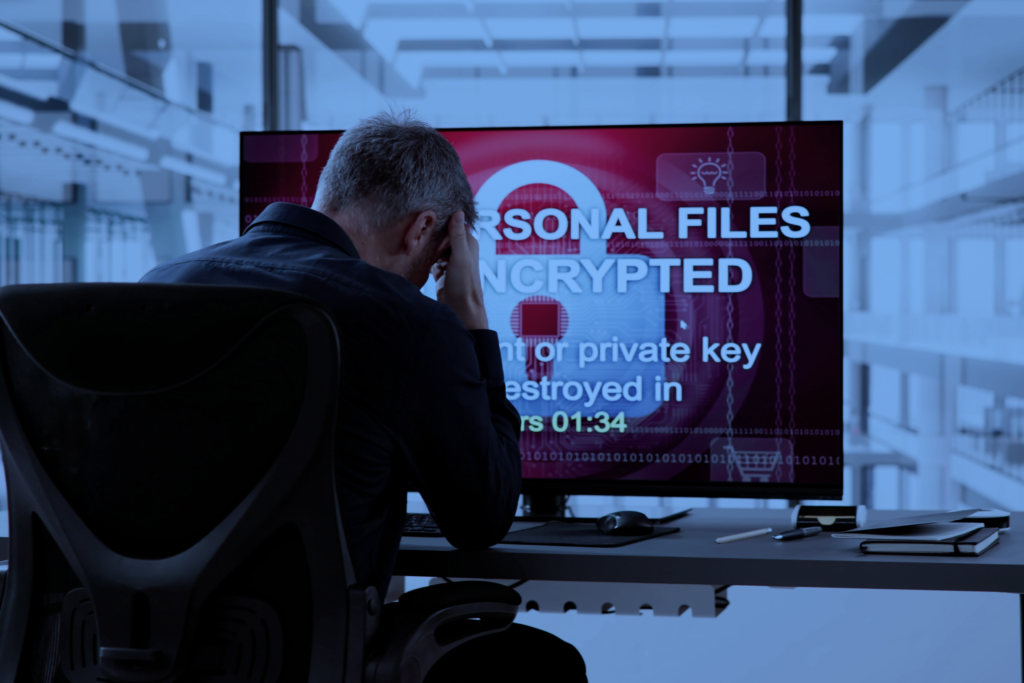Strengthening Cybersecurity for Small and Medium-Sized Businesses: Identify, Monitor, and Manage

In today’s digital landscape, small and medium-sized businesses (SMBs) face an ever-growing threat from malware and other cyber threats. To combat these risks, it’s crucial to have the right skills, processes, and technologies in place. Recently, we’ve been working closely with many of our SMB clients to ensure they are well-equipped to handle these challenges. Our approach revolves around three key themes: Identify, Monitor, and Manage.
Identify
The first step in any robust cybersecurity strategy is to identify potential threats and vulnerabilities. This involves understanding the specific risks that your business faces and taking proactive measures to address them. Here are some essential practices:
- Regular Backups and Testing: Ensuring that you have regular backups of your critical data is vital. But it’s not enough to just have backups; you must also test them regularly to ensure they can be restored quickly and effectively in the event of a cyberattack. This helps in identifying any issues with the backup process before they become critical.
- Security Awareness and Training: Educating your employees about the latest cyber threats and how to recognize them is crucial. Regular training sessions can help identify potential weaknesses in your human firewall and ensure that everyone in the organization is aware of best practices for cybersecurity.
Monitor
Once potential threats have been identified, the next step is to monitor your systems continuously. This involves keeping a close eye on your network and systems to detect any unusual activity that could indicate a security breach. Key practices include:
- Updating and Patching Technologies: Keeping your software and systems up to date with the latest patches is essential. This helps close any security gaps that could be exploited by malware. Regular monitoring of patch levels ensures that all systems are protected against known vulnerabilities.
- Using Security Software: Implementing robust security software can help prevent malware from entering your environment. This includes antivirus programs, firewalls, and intrusion detection systems. Continuous monitoring of these tools ensures they are functioning correctly and providing the necessary protection.
- Web and Email Filtering: Filtering web and email traffic can prevent malicious links and software from reaching your employees. By monitoring and filtering these channels, you can reduce the risk of phishing attacks and other forms of malware.
Manage
The final step is to manage your cybersecurity efforts effectively. This involves having a comprehensive plan in place to respond to incidents and ensure business continuity. Key management practices include:
- Incident Response Planning: Having a clear incident response plan ensures that your team knows exactly what to do in the event of a cyberattack. This includes steps for containing the breach, eradicating the threat, and recovering from the incident.
- Regular Testing and Drills: Conducting regular drills and tests of your incident response plan helps ensure that everyone knows their role and can act quickly in an emergency. This also helps identify any gaps in the plan that need to be addressed.
- Continuous Improvement: Cybersecurity is an ongoing process. Regularly reviewing and updating your security measures ensures that you stay ahead of emerging threats. This includes staying informed about the latest cybersecurity trends and incorporating new technologies and practices as needed.
- Date October 1, 2024
- Tags Automotive, Insights, Resilience, Risk & Governance Insights

